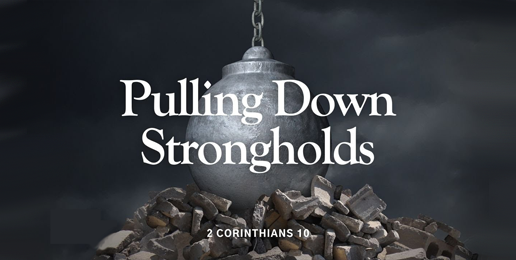
If you had surveyed the public a decade ago and asked whether they believed Roe v. Wade would be overturned, a majority would have emphatically said, “No.” Even to the most optimistic person, this seemed far-fetched as a possibility. But in 2022, the U.S. Supreme Court overturned this stronghold of darkness called Roe v. Wade.
While the issue of abortion is just as relevant now as it was before, the overturning of Roe v. Wade marked a critical milestone in America’s fight for the protection of the unborn. It didn’t happen in a vacuum. The fight to overturn Roe was played out in the decades after the 1973 ruling. It was a 49-year battle that took shape on a few different fronts.
First, the culture and the public perception of abortion have shifted drastically in recent decades. According to a May 2023 Gallup survey, 64% of Americans are in favor of outlawing abortion to some degree.
Second, alternative legal avenues were pursued in preparation for the long-sought overturning of Roe. Instead of relying solely on a direct appeal to the U.S. Supreme Court for overturning Roe, pro-lifers lobbied their respective states to put in place personhood amendments that would become effective immediately following an overturning. For example, 13 states had previously enacted “trigger laws” that outlawed abortion immediately following the overturning of Roe v. Wade.
Lastly, the pro-life movement had to elect a president who would appoint U.S. Supreme Court justices who would be willing to overturn Roe, should the opportunity arise. This happened in 2015 and 2016 when evangelical pro-life leaders convinced presidential candidate Donald Trump to commit to appointing justices who would be willing to overturn Roe. Once in office, President Trump did just that, perhaps the greatest achievement of his administration.
Now, the next stronghold of darkness that must fall is the abomination of Obergefell v. Hodges, the 2015 ruling that legalized same-sex unions. The U.S. Supreme Court invented a baseless constitutional right for two individuals of the same sex to get married. God created marriage as the union between one man and one woman. What the Supreme Court did was invent what I call a “faux marriage.” It appears to be a union on paper, but it isn’t truly a marriage. God defines marriage – not the courts.
This ruling catapulted the sexual deviancy movement to new levels of acceptance. Instead of debating the faulty divorce laws in various states and working to shore up God’s design for marriage, we were immediately drawn into battles with men attempting to gain access to women’s restrooms, while our public libraries promoted drag queen story hours. Now, we are trying to keep minors from undergoing irreversible and destructive surgeries that leave young boys and girls suicidal, depressed, and unable to bear children for the rest of their lives.
Demonic. That’s one word to describe this movement we’re battling.
The days are numbered for Obergefell v. Hodges. This travesty must be reversed, and true marriage must be restored.
One thing is for sure: We can’t allow the U.S. Supreme Court to fall back into the hands of those who worship at the altar of darkness. We could be only a few years away from overturning Obergefell.
Remember that as you go to the voting booth in November.
This article was originally published at AFN.net.























